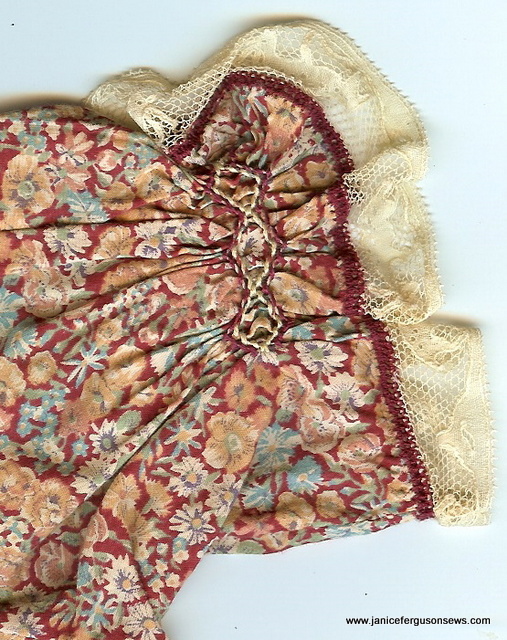There have been some questions lately about the use of lace tape. I completely forgot that I had not finished my intended Part 2 post, as I meant to stitch up a few more samples. But I didn’t. So here is an incomplete–there is so much more!– but informative post about lace tape, especially for Georgia. I hope that when life slows down, if it ever does, I’ll show you more about this fabulous product. But for now, this is all I have.
~~~~~~~~~
Here is Part 2 about lace tape, with more posts to come. Aside from being very busy with life in general, I’ve put this off because so much time is required to stitch out samples that illustrate the techniques. So instead of covering several applications, future lace tape posts will deal with one or two techniques.
To begin, I want to show the two types of lace tape and their differences. The product I sold and used in my classes was made in Japan. The newer variety of lace tape is made in Switzerland. Both kinds are available from Farmhouse Fabrics.
Why is it so important to know the difference? Because there are many uses for which one or the other is better. As the techniques are detailed, my suggested preference will be noted. FYI, I have updated Part 1 with these suggested preferences.

3/8″ cotton lace tape, made in Switzerland. Pink, white or champagne. Photo courtesy of Farmhouse Fabrics.
The Swiss tape is denser and a tad wider than the Japanese. To the best of my knowledge, it is available only in the three colors shown.

8mm (approximately 5/16″) cotton lace tape, made in Japan. “Seafoam Green”. Delicate and sweet – this has a pull-thread in the “header” for shaping or gathering. Makes a pretty little flower when the thread is pulled! Photo courtesy of Farmhouse Fabrics.
The Japanese lace tape is a bit narrower and more sheer. In the photo you can see the table through the tape. It is available in 10 colors: white, seafoam, ballet pink, peach, deep peach, dark celery, light lavender, maize, rich buttercream, and Wedgewood blue.
This scan shows a little more detail of the density. I would describe the Swiss as broadcloth weight and the Japanese as batiste.
facing from Easter slip
Upcoming: how about lace tape for making colored entredeux?

Or shadow sharks teeth? (no photo)
Or piping?
I hope this is enough to get you interested and using lace tape you have on hand.


